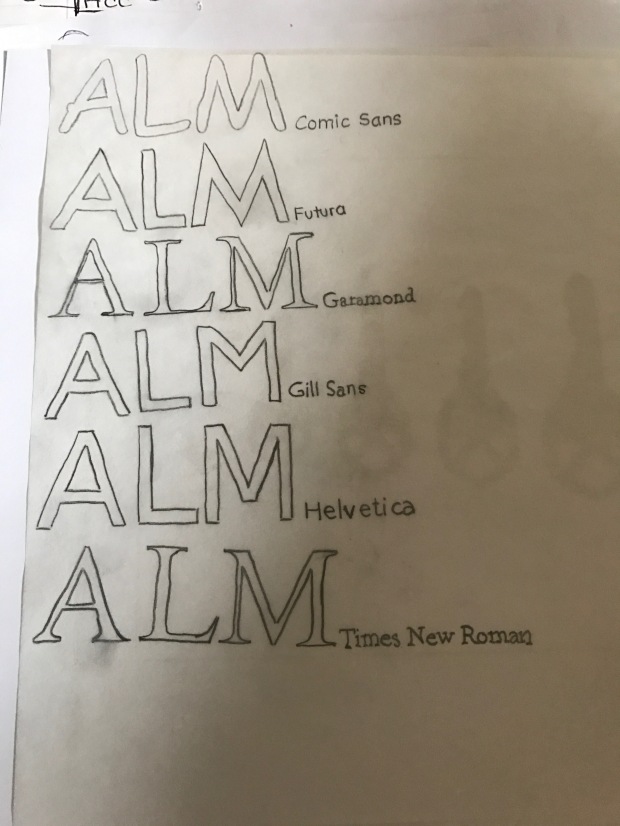What factors affect the text you’re reading on this blog right now? It turns out, quite a lot. The first chapter of The Fundamentals of Typography aims to provide an overview of the history and development of type.
Ironically, where this chapter fell short, for me, was in its design. It is quite possible that the design would be better suited for print than for reading on a screen, but on screen, the design was scattered. Attempting to provide an overview on a subject with such a rich history is daunting and requires careful thought in delivering it so that readers can comprehend it. Unfortunately, for this chapter, the typography and overall design detracted from its delivery. In many cases it was difficult to determine whether you were reading a heading or an example. That being said, it certainly drives home the point of just how important typography is in our every day lives.
Of notable interest in the reading was the transformations of many of our letters we use today and how their writing styles have been dictated by their mediums. The letter ‘A’ we’re so familiar with today, was originally flipped upside down, and representative of an ox. Chinese is typically written down the page rather than horizontally to account for the fact that it was commonly painted with a brush and ink or paint that needed to dry.




















